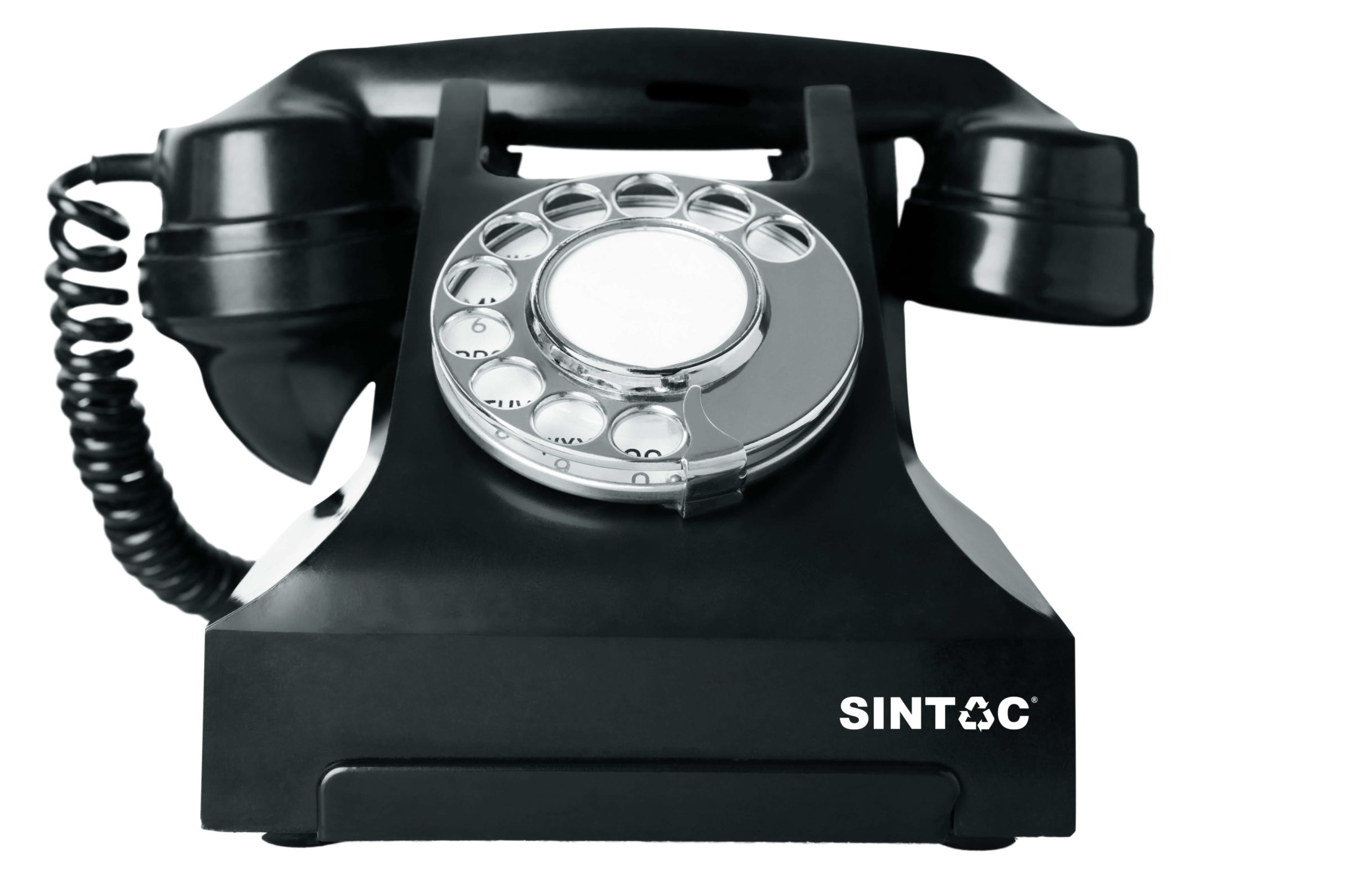Bakelite, the first synthetic plastic substance
Bakelite was the first fully synthetic, hot-moldable, hard and tough commercial plastic resistant to heat, solvents, as well as electricity once cooled. After its launch in 1907, its application expanded rapidly in a variety of industries, including automotive, electrical, and umbrella handle production. But the application that really made Bakelite an indispensable material was its application as an electrical insulator for the manufacture of switches, sockets and even household appliances.
What exactly is Bakelite?
The name Bakelite honors its creator, the American Leo Baekeland.
The material, once one of the first known thermosetting synthetic polymers, can be molded as it hardens upon solidification. Unlike thermoplastic polymers, which can be molded and melted several times because they have linear or branched non-cross-linked chains, Bakelite has a high degree of cross-linking of the molecular structure of Bakelite that gives it the property of being a thermosetting plastic once it cools because it cannot be softened again.
Bakelite is synthesized from formaldehyde and phenol molecules.
The origin of Bakelite
The origin of Bakelite dates back to when Belgian chemist Leo Hendrik Baekeland began experimenting with phenol and formaldehyde resins in the early 20th century. In 1907 Mr. Baekeland identified the polymerization process that resulted in Bakelite, ushering in the era of synthetic plastics.
Objects made of Bakelite
Since its invention, the material has been used in a wide variety of industries and has transformed society’s daily life, thanks to its use, among others, in the manufacture of the first radios and telephones, as well as in the automotive industry to produce heat-resistant components.

Bakelite and its use or application today
Bakelite has also had a great impact on the design and fashion industry, due to its ability to be dyed in a variety of colors and polished to a high gloss.
In addition, its versatility made it popular in the manufacture of a variety of household products, from doorknobs to radios, toys and kitchen utensils. In the 21st century, Bakelite continues to be a material of relevance in various industries, although it is no longer in the limelight as it was last century after its invention. The most recurrent applications today are for electrical terminal insulators, frying pan handles, car brake parts, handles for kitchen tools and nozzles.













